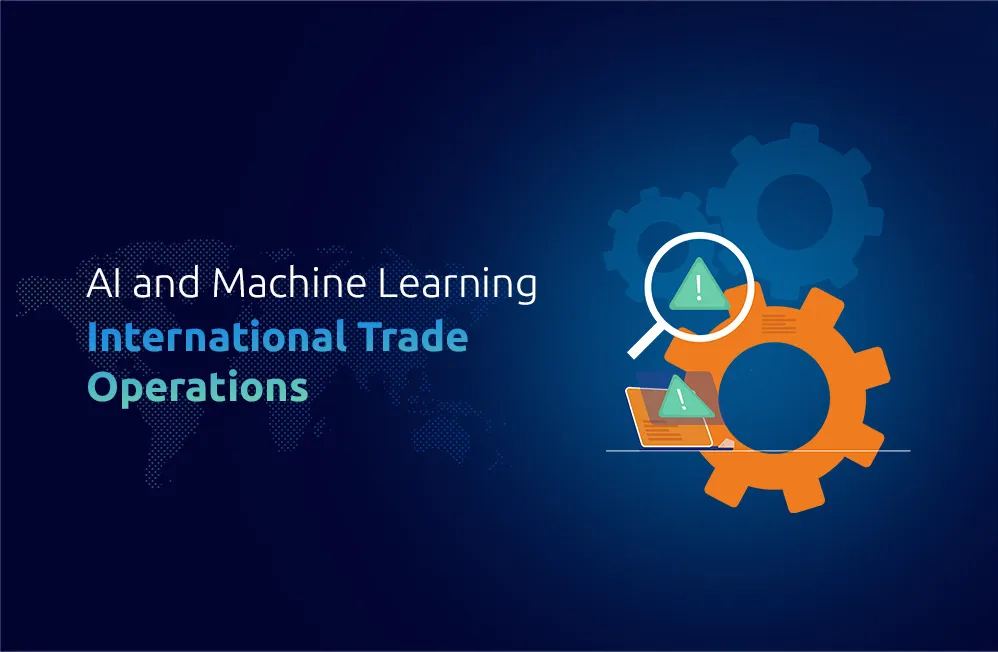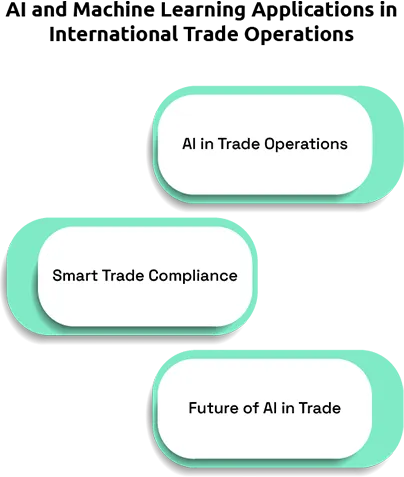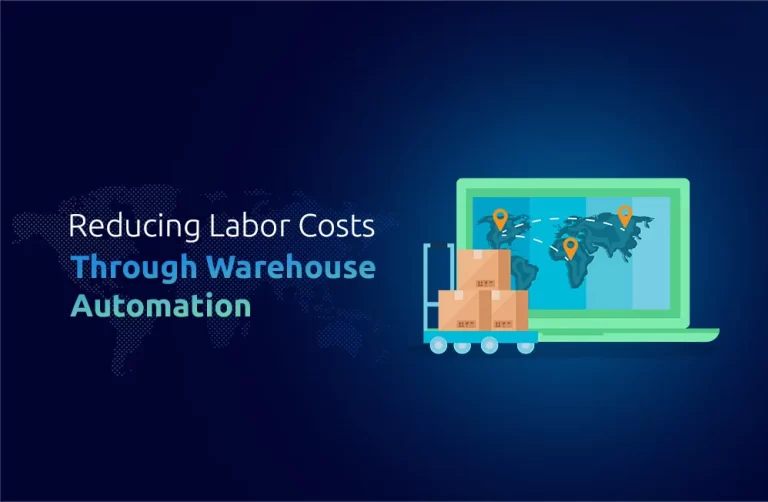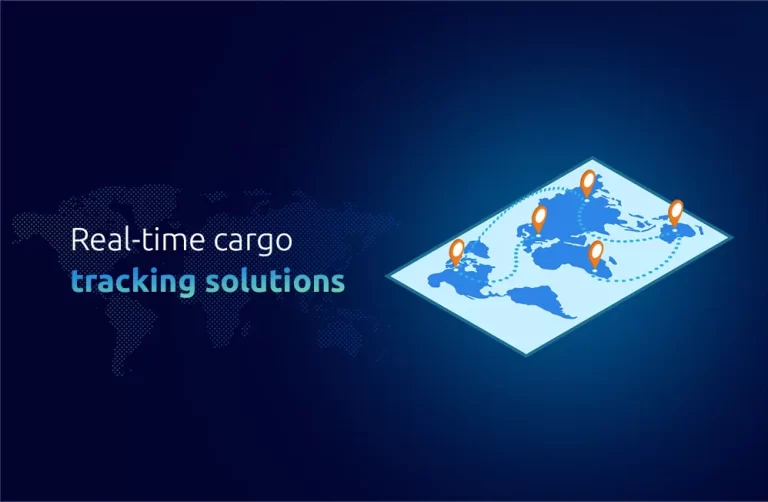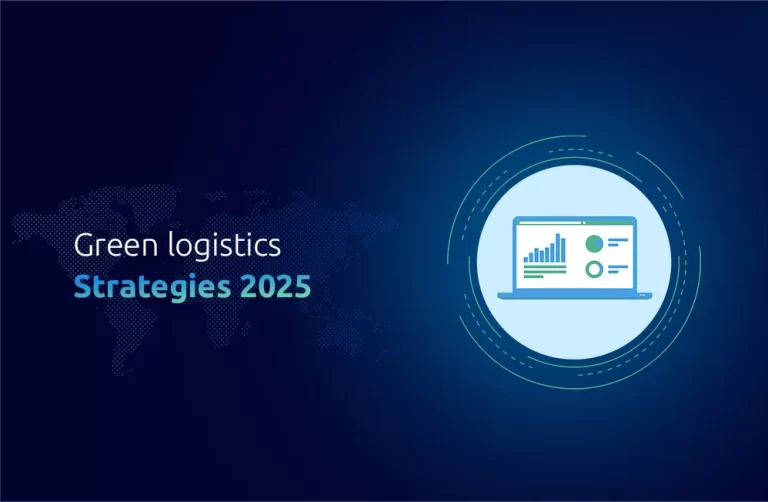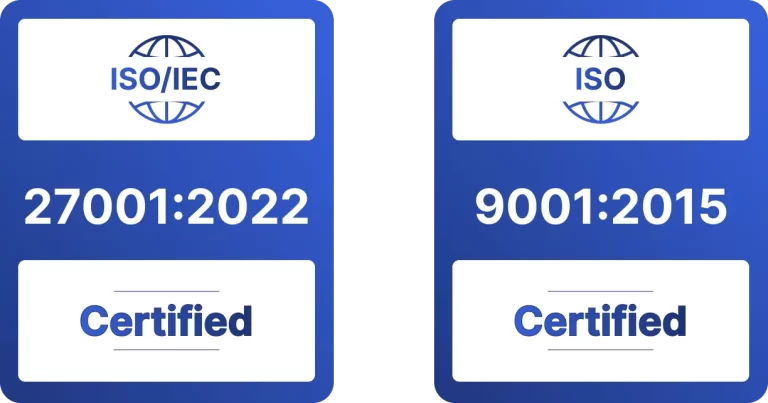Modern global economic operations have made trade compliance management a vital and complicated responsibility for organizations producing aviation and automobile equipment, IT/data centers, and medical equipment. Businesses must adopt advanced solutions because international rules are becoming elaborate while supply chain networks grow more connected to succeed in trade compliance management and protect themselves from risks.
Regulatory environments are tightening rapidly while supply chains become more interconnected, making data engineering and network mapping innovations transform trade compliance practices in companies. The tech enables businesses to improve operational efficiency by reducing errors and staying compliant with industry-regulated policies.
Data Engineering: Revolutionizing Trade Compliance
Trade compliance requires multiple intricate procedures, including the classification of tariffs, documentation for imports and exports, administrative work for regulatory reporting, and customs documentation. The simple management of trade-related data becomes possible through data engineering, which creates organizational tools for processing and analyzing massive amounts of data. Business operations remain optimized while companies actively identify potential issues through this approach.
It requires full adherence to legal standards in aviation sectors and medical equipment integration to safety certifications. Through data engineering processes, businesses can monitor all procedures in real time, ensuring their products achieve certification status before shipments occur. Automating numerous compliance procedures leads to lower human mistakes in business operations, resulting in full compliance throughout trade processes.
Data engineering tools provide predictive analytics alongside existing functionalities through historical data analysis to help companies identify future risks. The proactive solution enables organizations to address concerns during their early stages so they never evolve into extensive difficulties resulting in financial and temporal savings.
Network Mapping: The Key to Streamlining Trade Operations
Network mapping creates a visual depiction of worldwide supply chains between suppliers, customers, and logistics providers. The mapping technology provides businesses with clear visuals of product movements from one country to another and shows potential critical points that need attention. Companies executing trade within automobile equipment and IT/data center industries depend on network mapping to secure compliance in their cross-country supply chain.
Network mapping enables businesses to produce graphical representations that reveal critical points for supply chain delays, thus helping them discover potential compliance risks before they happen. Such an extensive perspective helps companies comply with customs regulations and tariffs because they can better monitor these rules.
The capacity to monitor supply chains immediately leads to swift action against risks and violations thus helping organizations prevent regulatory penalties and business interruptions. Healthcare equipment manufacturers need network mapping techniques to protect patients and business operations and maintain safety protocols.
Big Data: Harnessing Insights for Better Compliance
Big data comes forward as a crucial element that improves trade compliance operations. Enterprise insights developed through big data tools support businesses in maintaining trade regulatory compliance through their operations by processing large quantities of data from diverse sources. The tools enable business organizations to track regulatory changes across different regions to maintain compliance with emerging laws and industry standards.
Big data solutions at aviation services and IT/data centers allow organizations to check compliance status instantly and identify emerging problems before they materialize. Big data analysis allows businesses to monitor transaction data, which helps them document all trade processes according to applicable standards. Through the combination of big data data, engineering, and network mapping, businesses achieve automated compliance reporting that cuts down manual reporting workflows.
Through big data, companies can observe consistent trade patterns that help detect illegal activities and cases of noncompliance. Companies can use suitable technological tools to track their real-time supply chain operations and trade data to confirm that their products satisfy all relevant standards before reaching consumers.
Benefits of Integrating Data Engineering and Network Mapping
Combining data engineering with network mapping provides a range of benefits to businesses managing trade compliance. These benefits include:
Trade compliance automation and network visualization enable businesses to complete their production procedures while conserving time and resources. The automation process safeguards compliance work from mistakes while maintaining timely completion of tasks to stop delays and disruptions.
Businesses can detect compliance risks in their initial stages of development using predictive analytics tools before they turn into major issues through these tools. Through early identification, businesses can prevent legal consequences and penalties before they appear.
By implementing these technologies, companies achieve better compliance standards while their trade operations operate more efficiently.
The Evolution of Trade Compliance Technology in Upcoming Years
Trade regulations develop constantly. The new technologies, including data engineering network mapping and big data analytics, will define future trade compliance. Advancements in trade compliance technologies will appear in upcoming years through artificial intelligence, & blockchain implementations, which will produce more advanced and secure compliance operations.
These technologies represent essential requirements that businesses in aviation and automobile equipment sectors, IT/data centers, and medical equipment must embrace to experience regulatory change advantages and minimize global trade risks. Trade compliance will develop by harnessing innovative tools, creating an enhanced system that enhances accuracy as it executes technical processes more swiftly.
We maintain a strong dedication to helping the previous business sectors successfully traverse through changes in trade compliance practice. Through data engineering and network mapping technologies, One Union Solutions allows its clients to handle trade complexities while staying compliant in this fast-evolving environment.
Did You Know,
Businesses encounter 60% of non-compliance difficulties stemming from aged trade system infrastructure per World Trade Organization (WTO).
FAQs
1. What contribution does data engineering provide to trade compliance operations?
Ans: Companies use data engineering methodologies to automate their trade compliance systems, ensuring accurate and orderly maintained information accessible for reporting needs.
2. How does network mapping help companies maintain trade compliance?
Ans: The network mapping process enables companies to understand their worldwide trading operations and locate compliance threats while maximizing regulatory compliance through improved supply chain management.
3. What strategies can big data provide for enhancing trade compliance processes?
Ans: Businesses can utilize big data tools to monitor and assess trade information instantly, thus allowing them to detect & mitigate regulatory risks early.
4. What critical value does predictive analytics provide towards trade compliance?
Ans: Through predictive analytics, companies can avoid costly compliance breaches because it allows them to identify future risks using past data.
5. What benefits does automation provide for trade compliance?
Ans: Automation makes the compliance process more efficient since automated procedures execute regular tasks while preventing errors and maintaining regulatory deadlines.

